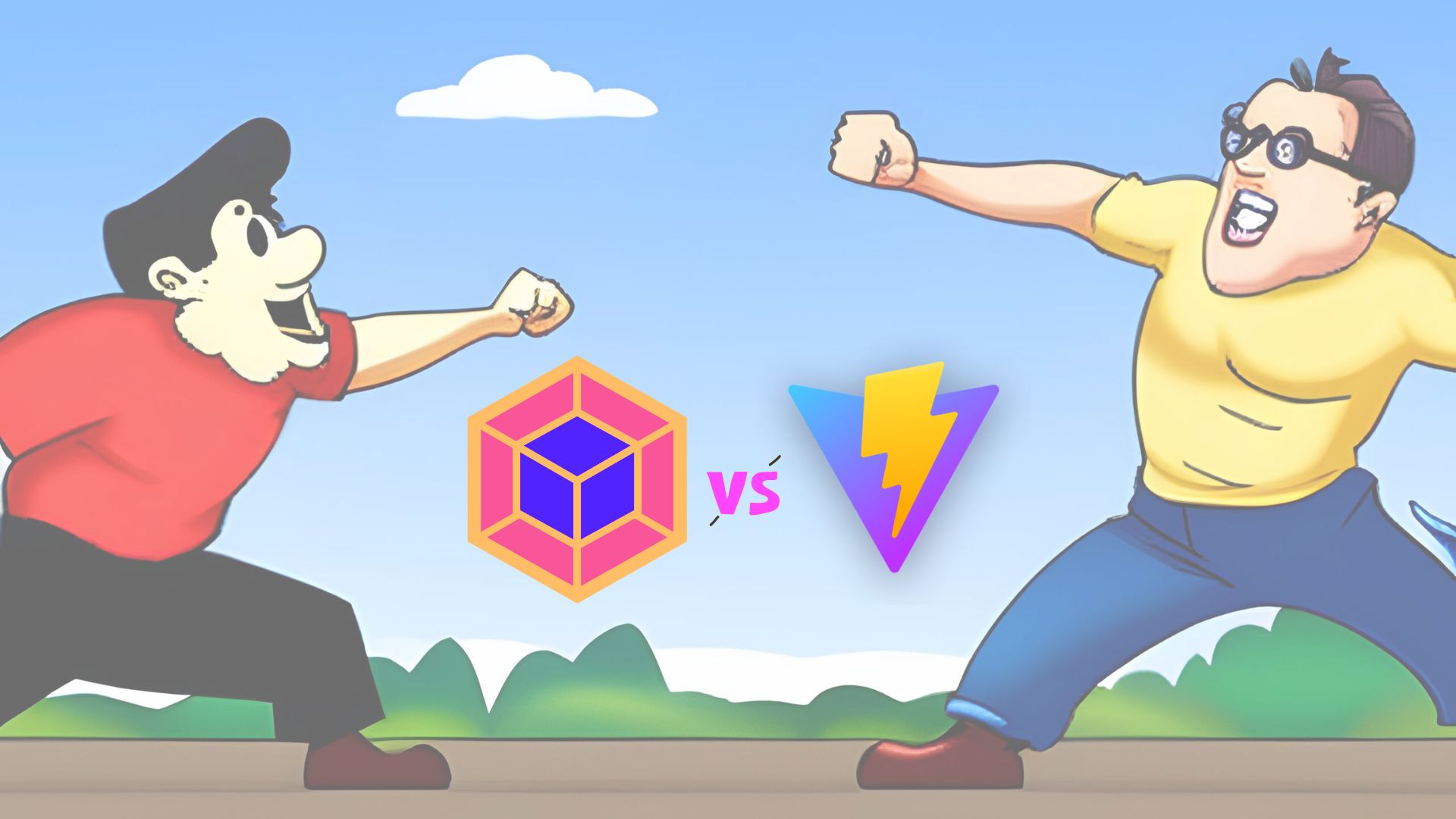TypeScript has become increasingly popular in the world of web development, providing a typed superset of JavaScript that enables developers to write more robust and maintainable code. When working with TypeScript, it’s essential to choose the right build tool and bundler to optimize your development process. In this blog post, we will compare Webpack and Vite, focusing on their capabilities and performance when working with TypeScript projects.
Introduction
Webpack
Webpack is a well-established static module bundler for JavaScript applications that has been around since 2012. It is highly configurable and offers a vast plugin ecosystem, making it suitable for complex projects. Webpack supports TypeScript through its ts-loader or babel-loader plugins, allowing developers to easily integrate TypeScript into their build process.
Vite
Vite is a newer build tool and development server created by Evan You, the creator of Vue.js. It was designed to provide a faster and leaner development experience compared to traditional bundlers like Webpack. Vite leverages the native ES modules feature in modern browsers, allowing for efficient development and build processes. Vite also supports TypeScript out of the box, with minimal configuration required.
Key Differences for TypeScript Projects
TypeScript Support
Both Webpack and Vite provide support for TypeScript, but their approaches differ slightly.
Webpack relies on plugins like ts-loader or babel-loader to transpile TypeScript code. This means you’ll need to install and configure these plugins in your Webpack configuration to work with TypeScript.
Vite, on the other hand, has built-in support for TypeScript. When you create a new Vite project, you can choose a TypeScript template, and Vite will handle the TypeScript configuration for you. This means you don’t need to install any additional plugins or configure TypeScript manually.
Development Speed
Vite’s development server is considerably faster than Webpack’s, primarily due to its use of native ES modules. This allows Vite to serve individual files to the browser during development, eliminating the need for bundling during development. This speed advantage extends to TypeScript projects as well, making Vite an attractive choice for developers looking for a fast development experience.
Webpack, on the other hand, relies on bundling and rebuilding the entire application during development, which can lead to slower development times, especially for large TypeScript projects.
Build Time
Vite boasts faster build times compared to Webpack, mainly because it uses the Rollup bundler under the hood for production builds. Rollup is known for its speed and efficiency when it comes to tree-shaking and code splitting. This advantage also applies to TypeScript projects, as Vite can efficiently bundle and optimize TypeScript code for production.
Webpack’s build times can be slower, especially for large TypeScript projects. However, Webpack 5 has introduced several optimizations, such as improved caching and parallelism, that help to reduce build times.
Configuration
Webpack is known for its extensive configuration options, which can be both a strength and a weakness. While it offers incredible flexibility, it can also lead to complex and hard-to-maintain configurations, especially when working with TypeScript.
Vite, on the other hand, aims to provide a more streamlined configuration experience with sensible defaults. It offers a simpler configuration API that is easier to understand and maintain, even when working with TypeScript projects.
Plugin Ecosystem
Webpack has a vast and mature plugin ecosystem, which allows developers to extend its functionality and integrate with various tools and libraries. This makes Webpack suitable for complex TypeScript projects with unique requirements.
Vite, being a newer tool, has a smaller plugin ecosystem. However, it is rapidly growing, and many popular plugins are already available for Vite. Additionally, Vite’s plugin API is compatible with Rollup plugins, which means that many existing Rollup plugins can be used with Vite, including those that work with TypeScript.
When to Choose Webpack for TypeScript
- For complex TypeScript projects with unique requirements that need extensive configuration and customization.
- When you need a mature and vast plugin ecosystem to extend your TypeScript project’s functionality.
- For projects that need to support older browsers and legacy codebases.
When to Choose Vite for TypeScript
- For TypeScript projects that prioritize fast development and build times.
- When you prefer a simpler configuration experience for your TypeScript project.
- For projects that focus on modern web development and can leverage native ES module support in browsers.
Conclusion
Both Webpack and Vite have their strengths and weaknesses when it comes to working with TypeScript projects. Webpack is a mature and powerful tool that offers extensive configuration options and a vast plugin ecosystem, making it suitable for complex TypeScript projects. Vite, on the other hand, is designed for modern web development and provides a faster and leaner development experience for TypeScript projects.
Ultimately, the choice between Webpack and Vite for your TypeScript project will depend on your project’s needs and your personal preferences. Both tools are excellent choices for building and optimizing TypeScript applications, and you can’t go wrong with either option.



